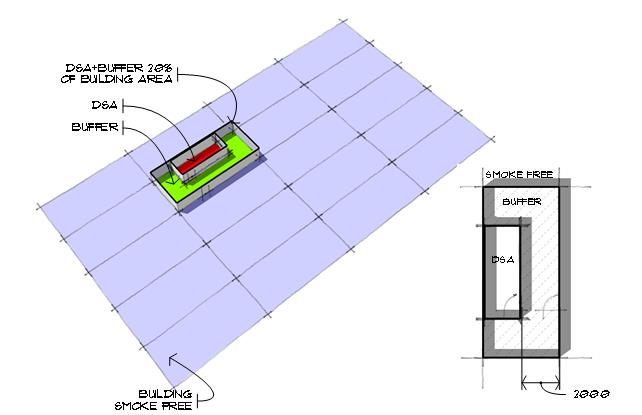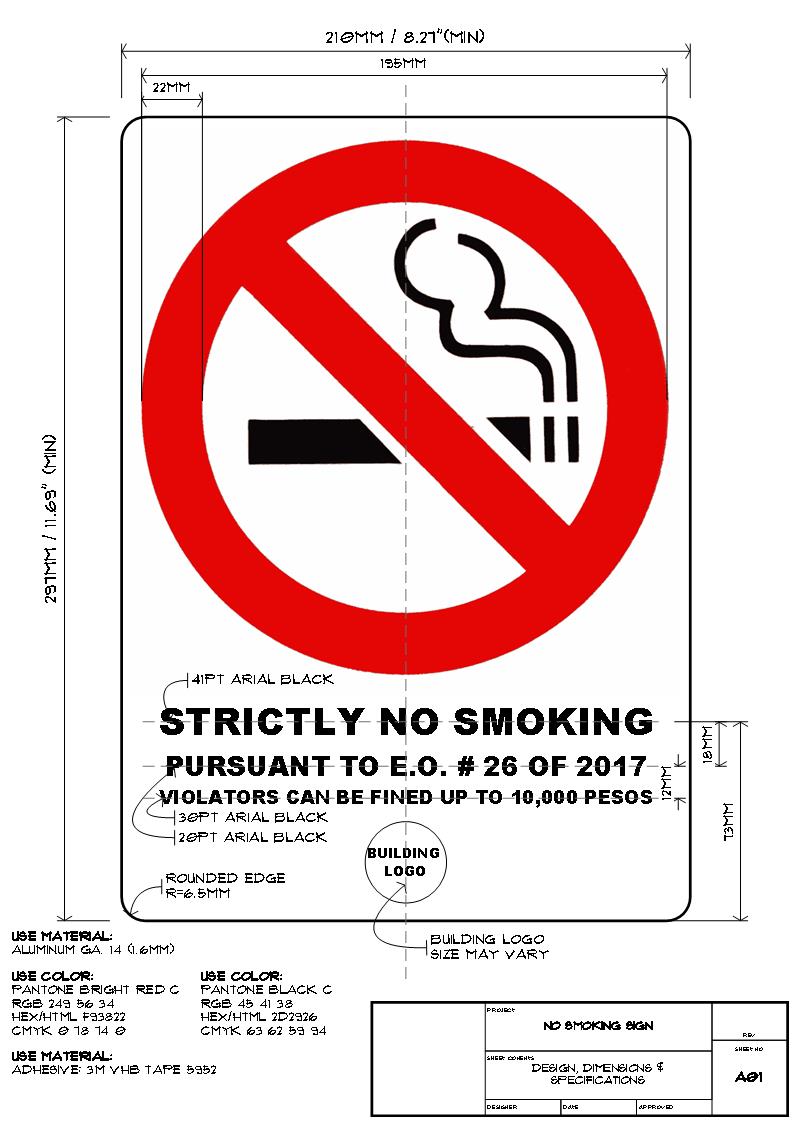Architecture is the result of influences on the geography, politics, technology, economics and society. When you describe “Modern Architecture” one most certainly would say, architecture that uses new materials and technology (Fletcher, 1996). This “style” is characteristic of simplicity of forms, being functional, flexible, and flowing spaces. It often has exposed structural forms, even visual weightlessness and most certainly, a lack of ornamentation. That is why we have “Form follows Function,” (Louis H. Sullivan) and “Less is More,” (Ludwig Mies van der Rohe).

Modern Architecture emerged in the 1920s in Europe and the United States leaving behind the Greco-Roman styling of Beaux Arts. It began as a response to technological advances and the urbanization of cities at the turn of the century (Conde, 2019). It is the very dominant style which came during the 19th century however, little is said about the influence of war, cholera and the 1918 Influenza Pandemic to the birth of Modern Architecture.
In 1893, aggravated by overcrowding and filthy living conditions, New York begun the first US fight against tuberculosis and was then the cause of more than 25 percent of deaths in New York City. The 1918 Influenza pandemic killed 50 million worldwide between 1918–1920, before that, from 1817 to 1923 were six cholera pandemics across the globe (CDC, 2019); the island of Luzon in the Philippines was at the receiving end of the cholera pandemic from 1817–1824 (Moralina, 2009). From the turn of the century to 1920, the US has seen rapid urbanization (U.S. Census Bureau, 2012).
Hermann Brehmer, a German physician, is credited with opening the first sanatorium in 1854 located in Baravarian Alps. It was a sprawling live-in hospital made up of cabins where patients could get plenty exercise, fresh air, and healthy diet (Daniel, 2011).
Designed to isolate and treat patients, these institutions emphasized hygiene, exercise and exposure to sunlight and fresh air. Before the development of medications for tuberculosis, natural and environmental aspects of cure was used. These environments inspired the new architecture, In Paul Overy’s 2008 book, “Light, Air and Openness,” the architectural historian said:
“Sanatoriums exerted a powerful hold on the imagination of modern architects and designers as building types and institutional models. Among the first to be designed in in “modern” or “modernist” style, purpose-built sanatoriums for tuberculosis and other chronic diseases were some of the most technologically advanced buildings of the first decades of the 20th century. Combining associations of health, hygiene cleanliness (and easy-to-clean) modernity and machine-like precision of operation, they were to have a major influence on modernist architecture and furniture design between the wars.”

In the 1927 book, “The Manual of Dwelling in Towards a New Architecture,” Le Corbusier wrote “Demand ventilating panes in every room,” pointing out the need for operable windows that allow natural ventilation as well as; “Teach your children that a house is only habitable when it is full of light and air, and when the floors and walls are clear.”
And so, we have the beginning of a revolution in architecture. Spaces that are light, airy, devoid of clutter and ornamentation that are brightly colored and smooth in texture giving the users a sense of cleanliness both physically and figuratively are a stark contrast to the bulk and ornamentation of the Beaux Arts. Health has become a landmark of architectural modernism and the influence of these principles was imbued in Le Corbusier’s 1929 Villa Savoye and Alvar Aalto’s 1933 Paimio Sanatorium.
In 1920, Le Corbusier founded the journal L’Esprit Nouveau, and many of the essays he published there would eventually be incorporated into his landmark collection of essays, Vers une architecture (Toward an Architecture) in 1923. Le Corbusier designed a series of houses (above) which allowed him to develop his ideas further. By 1926, he had devised his Five Points of Architecture, which he viewed as a universal system that could be applied to any architectural site. The system demanded pilotis (slender columns) to raise the building off the ground and allow air to circulate beneath; roof terraces, to bring nature into an urban setting; a free plan that allowed interior space to be distributed at will; a free facade whose smooth plane could be used for formal experimentation; and ribbon windows, which let in light but also reinforced the planarity of the wall; all of these principles found in Villa Savoye.
Built in 1933, the Paimio Sanatorium showed a “clinical” aesthetic, it expressed above anything else, health. Aalto conceived of the entire structure as a medical instrument and transitioned the interior and exterior with ribbon windows, balconies on each floor and a rooftop sun deck and large windows on rooms offered daylight and views of the landscape outside.
Today, as the COVID-19 pandemic sweeps the globe, perhaps another turning point in architecture, a realization that changes needs to be made. More than the sanitoria, our commercial centers, offices and homes need to adjust to the environment and architects as well as designers need to find better design solutions to health problems.
References:
Alvar Aalto Foundation. (n.d.). Paimio Sanatorium. In Alvar Aalto Foundation. Retrieved June 17, 2020, from https://www.alvaraalto.fi/en/architecture/paimio-sanatorium/#
CDC. (2019). 1918 Pandemic (H1N1 virus). Cdc.Gov. https://www.cdc.gov/flu/pandemic-resources/1918-pandemic-h1n1.html
Conde, F. (2019). History of Architecture Lecture. Personal collection of Francis Conde, uap), Universal College of Parañaque, Parañaque City.
Daniel T. M. (2011). Hermann Brehmer and the origins of tuberculosis sanatoria. The international journal of tuberculosis and lung disease: the official journal of the International Union against Tuberculosis and Lung Disease, 15(2), 161–i.
Fletcher, B., & Cruickshank, D. (1996). Sir Banister Fletcher’s a history of architecture. 20th ed. / Oxford ; Boston: Architectural Press.
Khan Academy. (2018). Le Corbusier, Villa Savoye. Khan Academy. https://www.khanacademy.org/humanities/ap-art-history/later-europe-and-americas/modernity-ap/a/corbusier-savoye
MORALINA, A. R. O. (2009). State, Society, and Sickness: Tuberculosis Control in the American Philippines, 1910-1918. Philippine Studies, 57(2), 179–218. https://www.jstor.org/stable/42634008?seq=1#metadata_info_tab_contents
U.S. Census Bureau. (2012). Population and Housing Unit Counts 2010 Census of Population and Housing. https://www.census.gov/prod/cen2010/cph-2-1.pdf
Chang, V. (2020, April 19). Cholera Outbreaks and the 1918 Flu Transformed Architecture. The Coronavirus Will Do It Again. Slate Magazine. https://slate.com/business/2020/04/coronavirus-architecture-1918-flu-cholera-modernism.html






